What is in Our Grain and Bread
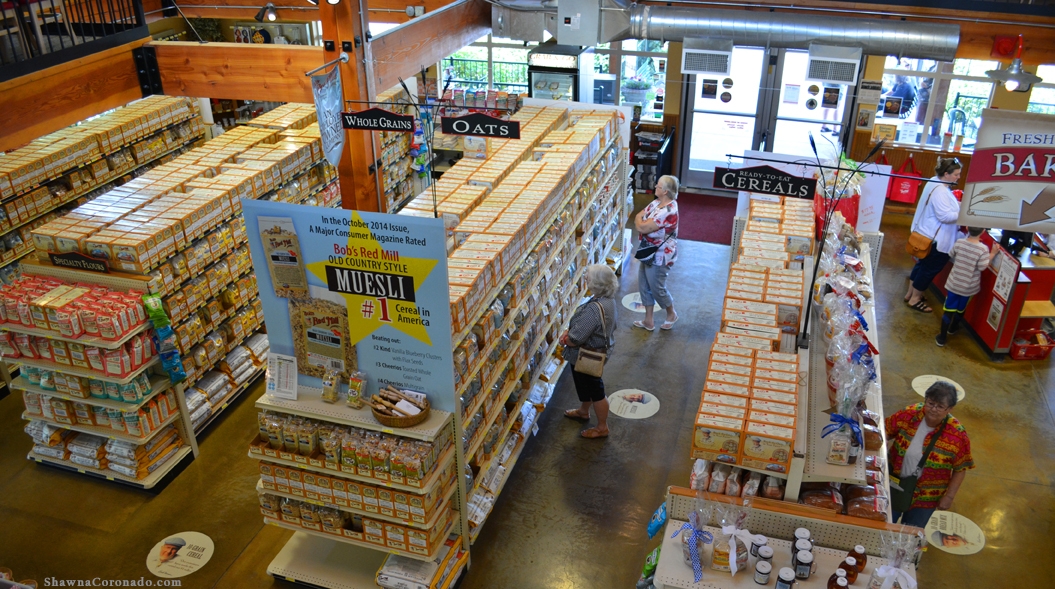
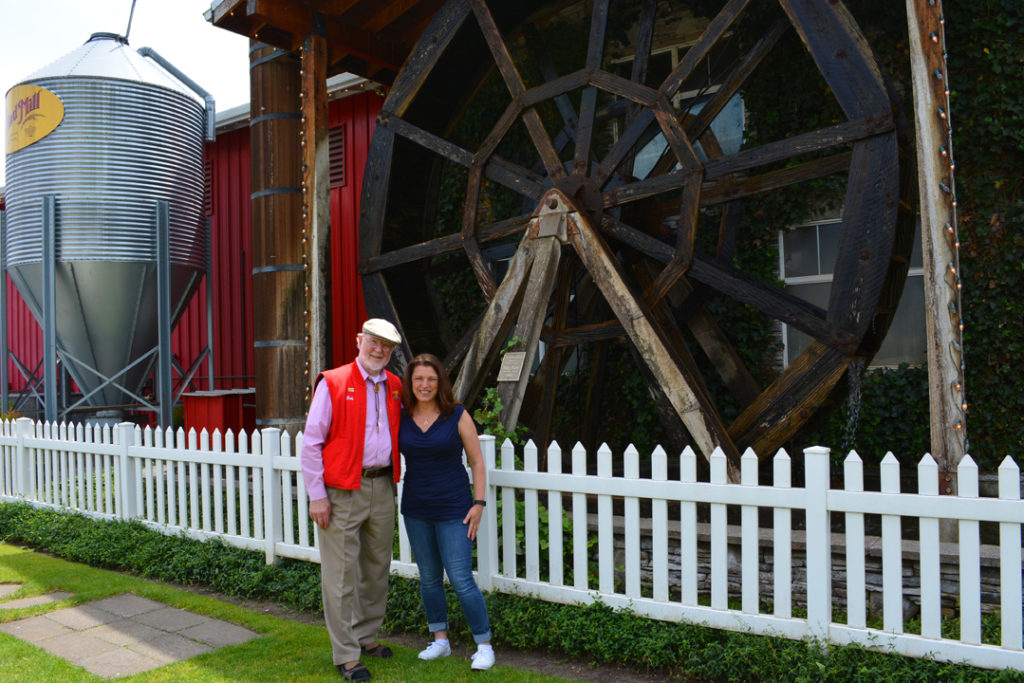
On a trip to Oregon’s Mount Hood Territory last season I was excited to learn from the PR team at Clackamas County Tourism & Cultural Affairs that I’d essentially won the organic /GMO-free lottery and got an interview with the famous Bob Moore from Bob’s Red Mill Natural Foods at his store and production facility to learn about grains and bread. The time spent with Bob and his team at his business quickly became one of the most inspiring meetings I have ever experienced (see us together in the photo on the right).
Bob is a wonder. He still continues to lead the team at Bob’s Red Mill Natural Foods after three decades. Bob has been committed to providing people everywhere with the best quality foods available. Most specifically his foods are organic and GMO-free. His passion for health and belief in taking care of one another is as strong today as it was when he first started the business with his wife, Charlee, thirty years ago.
Bob’s Red Mill
We started by having lunch at his restaurant and touring his store (above), which is filled with grains, flour, sugars, and all sorts of products that are organic and GMO-free. Many of his products are in major grocery stores around the country and his foods are also shipped all over the country via his online store (see the image below). Categories for his foods on the Bob’s Red Mill website make it super-easy to find something for your unique diet. I particularly like the paleo-friendly category which includes coconut sugar, special flours, and even dried blueberries.
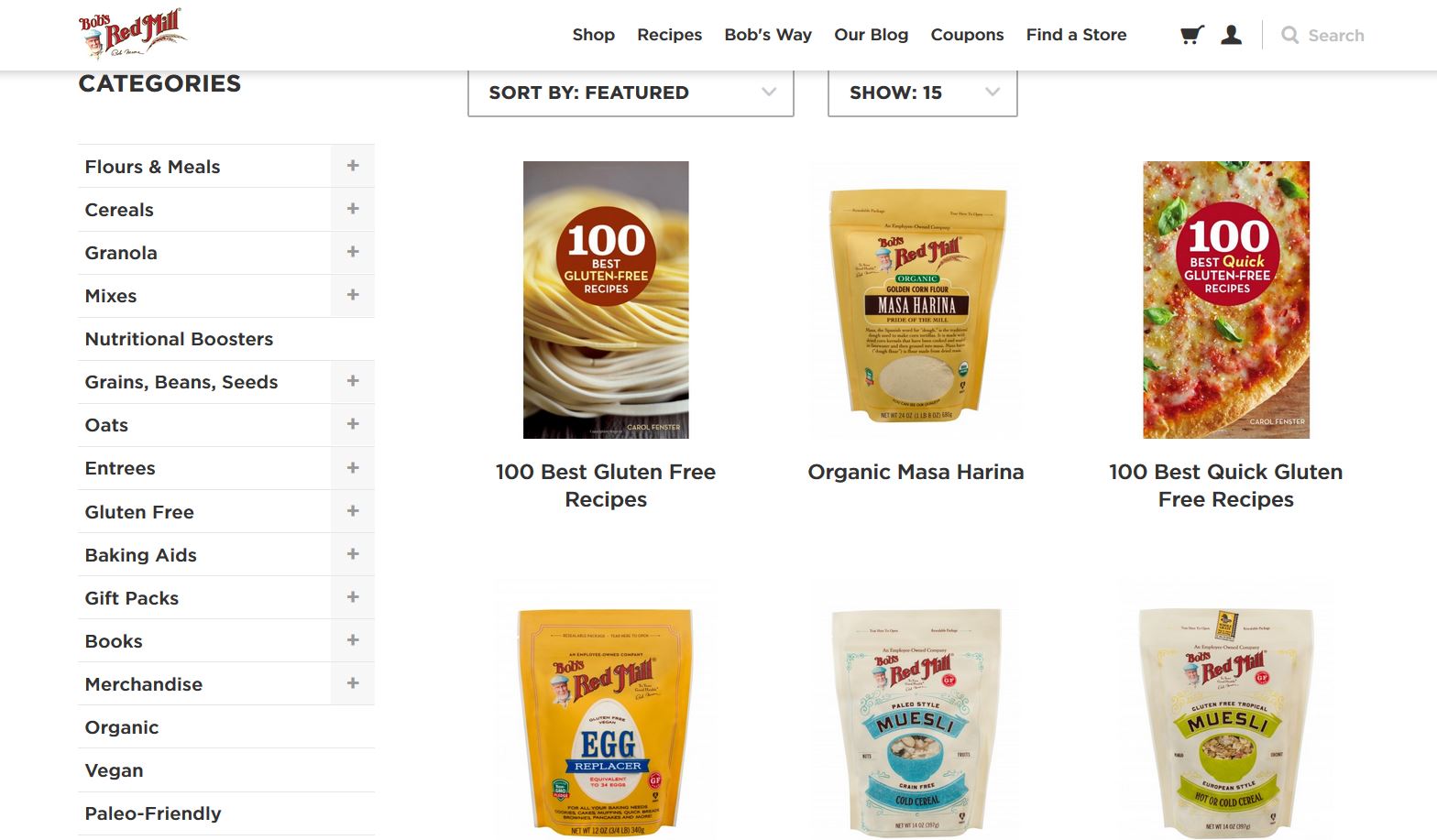
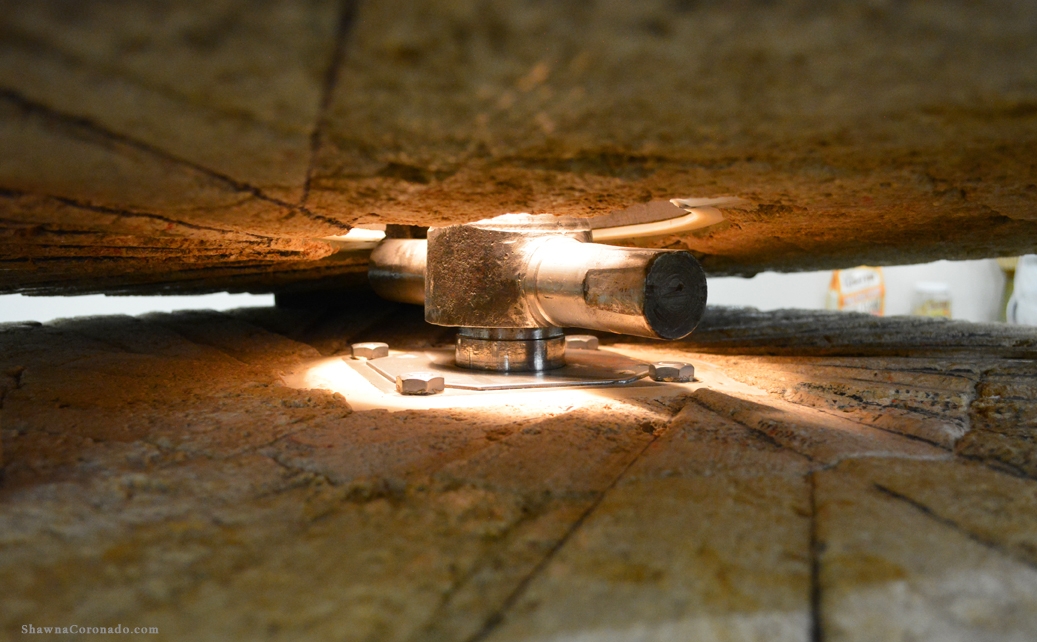
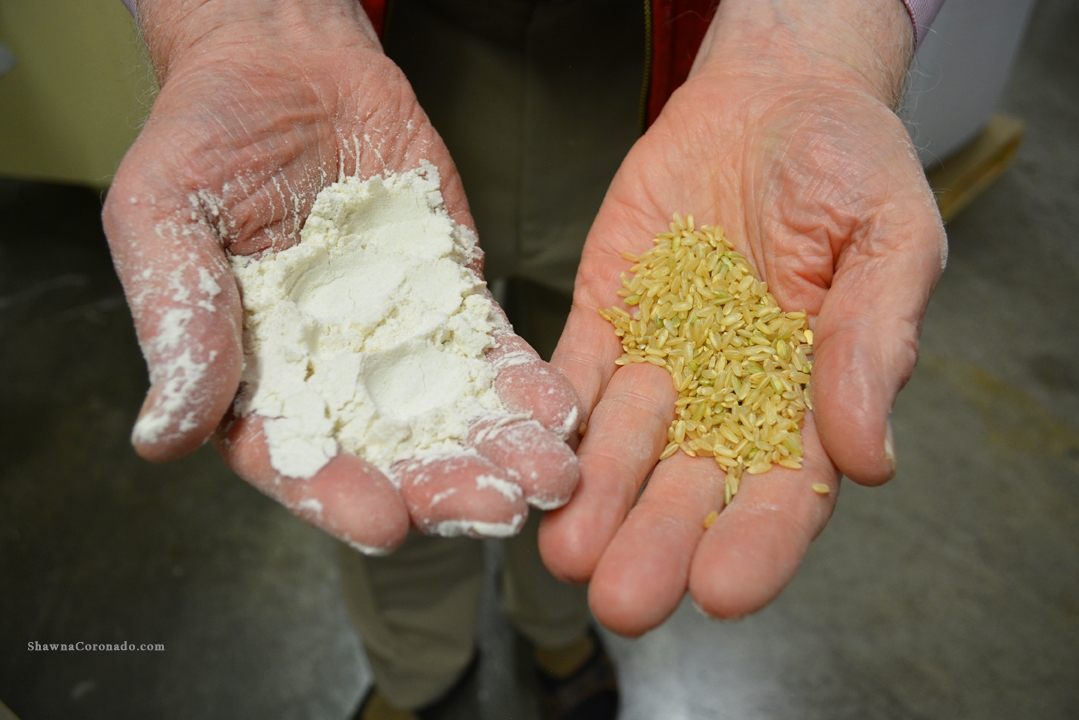
What Is In Our Grain?
Bob showed me the heart and soul of his operation – grinding stones (above). His original business was founded on the legacy of these stones. His modern operation includes all kinds of whole grain grinding methods. Above you see Bob cradling gluten-free rice flour. I saw him pull the flour and rice directly out of the grinding machine. In fact, he surprised me and took me behind the scenes to places beyond the public tours – to his production, storage, scientific testing (below), and packing facilities (below).
During this tour, Bob and I talked. We talked about my diet which has been grain-free for a significant period of time. When I eat grains I get bloated and have abdominal trouble. I often have osteoarthritis pain in my back when I have grain products. I have been using Bob’s chia seeds and coconut products for several years now and love them, but the conversation always returned to the grains and my current dietary restrictions. Knowing Bob has been an organic whole grain guy for most of his life, I would expect the conversation to return to grains, of course.
At one particular moment in our discussion, he placed an earworm in my brain that has become a passion in my heart. He leaned in, looked me right in the eye, and gently said, “Shawna, is it really the grains that are your larger gut problem?” I paused. I frowned. I thought. Bob continued, “Is it the grains, or IS IT WHAT IS IN THE GRAINS?” He leaned back and crossed his arms letting me remunerate the issue.
My immediate response was to think of the structure of a wheat berry, which is really a seed from a domesticated grass. There’s a germ, bran, and endosperm (above). I used to eat handfuls of wheat berries from my grandfather’s wheat harvest fresh out of the truck when I was a little girl growing up in Indiana farm country. I have walked wheat fields and felt the grasses slapping my legs. I think I KNOW wheat at a level that other people do not because of that experience. Staring into Bob’s sincere face I knew that he did not mean the wheat berry, but something deeper. GMO grains such as rice, wheat, and corn are currently planted, harvested, and used in food products of all kinds, and therefore, consumed not only as bread but in pasta and as additives in hundreds of other foods. Corn syrup, for instance, is used in thousands of products. I thought, then responded, “Do you mean GMO’s?”
Bob said, “Yes, GMO’s, but more critically, toxic chemicals that are used in the production of the growing plants and in factory production. By and large, whole grains are healthy for most people. You have told me you have suffered from allergies most of your life, so your system is sensitive to chemical influences. What if these toxic chemicals are what your body is really reacting to?” As obvious as it sounds, it was as if a grain and bread bomb went off in my noggin. I nodded and smiled and said, “Maybe!” Then I went home and did some serious research.
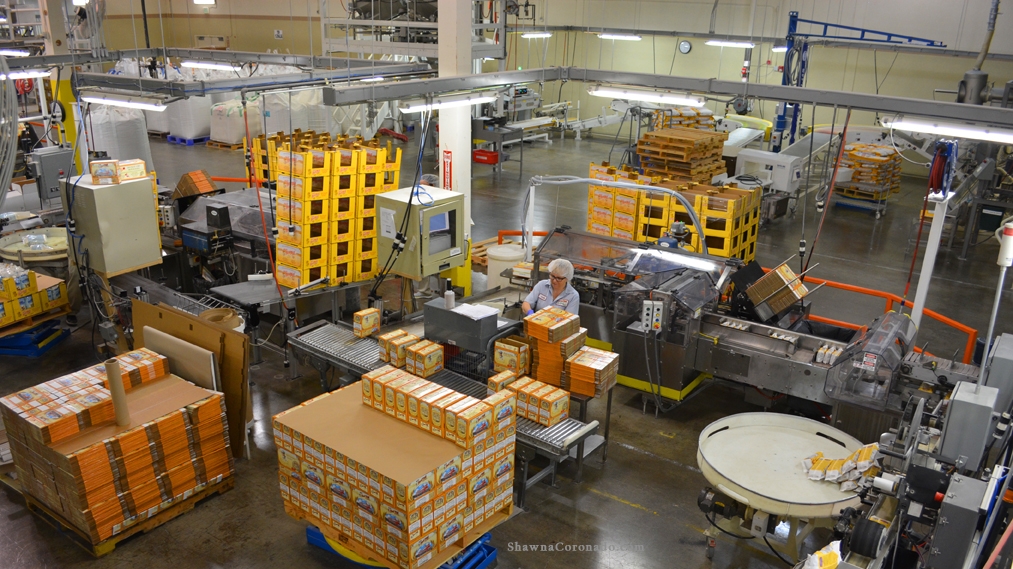
organic food

organic food
My Discovery About Grains and Bread
What I discovered is that much of the bread in our system is immensely processed. There are more than 140 million pounds of flour produced daily and much of that is bleached by various agents. Chlorine gas is a common chemical used and is approved by the Environmental Protection Agency (EPA) as a bleaching and aging agent, but has been proven to cause cancer. There are many other chemicals that can be used as well. Once the flour is processed, then the bread is made. There are preservatives, corn syrup, and frankly – lots of ingredients which I can’t even pronounce labeled on bread and other grain products. Why do I want to consume all these mysterious ingredients? What happened to bread being flour, water, yeast, and oil?
All bread and many other packaged products start with the grain itself – be it corn, rice, wheat, or some other grain. Beyond the GMO details, I also struggled to find out information in my research about what specific chemicals – fertilizers, pesticides, and processing chemicals – were used in growing the plants. No one can tell me the answers. Our food is not labeled to inform us of the details. We are an ignorant nation.
Which begs the larger question, “What is causing the epidemic of cancer Americans are now facing?” It’s a mystery. No one knows. We do not demand more knowledge about the processing of our grains. Of course, we also continue to put stuff in our bodies that we know nothing about. Do you know what ADA, BHA, BHT are? They are found in a lot of bread marketed in the American market. Do you know what 2- and 4-methylimidazole is? A caramel coloring that is used to color wheat and rye bread, but it’s been determined to cause cancer, and yet it’s still allowed in many pieces of bread and wheat products. Why do we still eat these products? And on a very personal level – why do I still eat these products? Can it all be connected in a vast string of connectivity – food to cancer to wellness?
Bob’s question challenged me to see organic grains in a different light. Organic is not perfect, but when you have an organic product you get to understand far more about what is truly inside the grain product. According to the FDA, the term “organic” refers “…not only to the food itself but also to how it was produced.” Bob believes less is more. He’s based his life’s work, not specifically on producing grain for our marketplace, but on trying to inspire a healthier nation. He is forcing people like you and me to answer the question, “What is really in our food, and can it result in a healthier brain and body?”
You might ask why it took me so long from my visit date (see below) to write the story about Bob’s Red Mill Natural Foods. The answer is I’ve been thinking a lot about what Bob said to me about grains and bread, I’ve been doing research, I’ve been speaking with my nutritionist, and I’ve been asking myself how important food is to my future, and frankly YOUR future. This single meeting with Bob has inspired me to move my career more towards wellness and food. I’m currently working on my next book which focuses on wellness and food as much as gardening. I want to continue to grow food that is organic in my garden but to also inspire others to think about the food they consume as a way to find better whole health. The lesson about food that we need to learn is simple and best expressed in Bob Moore’s words, “Less is more.”
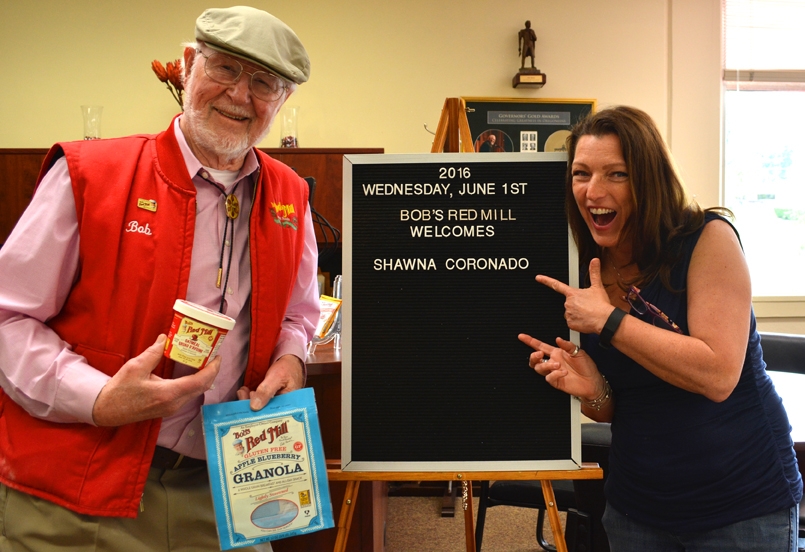
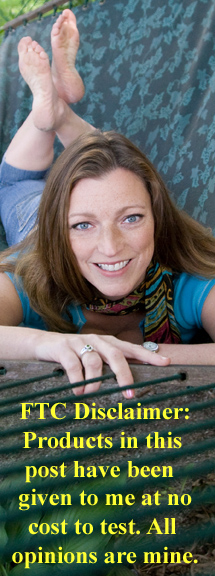
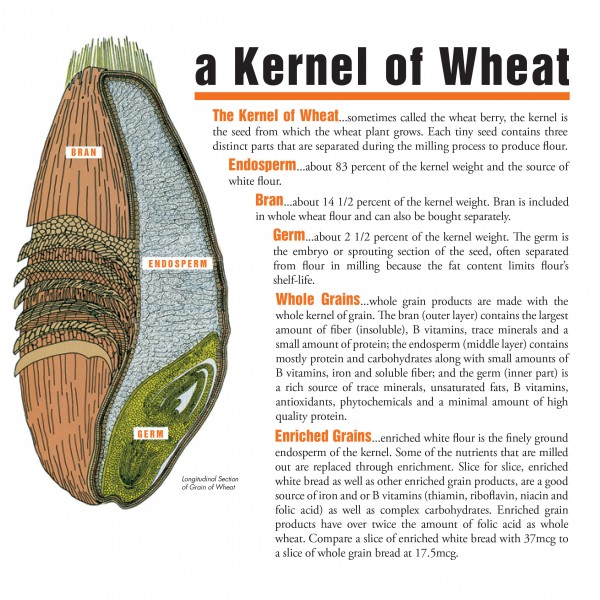
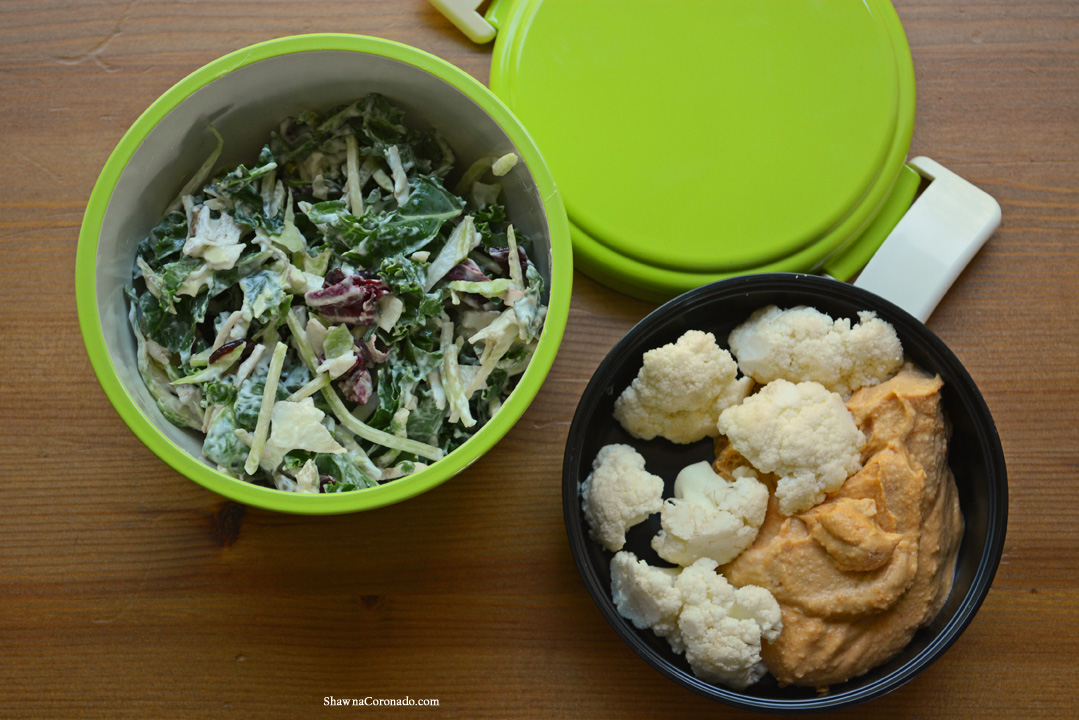
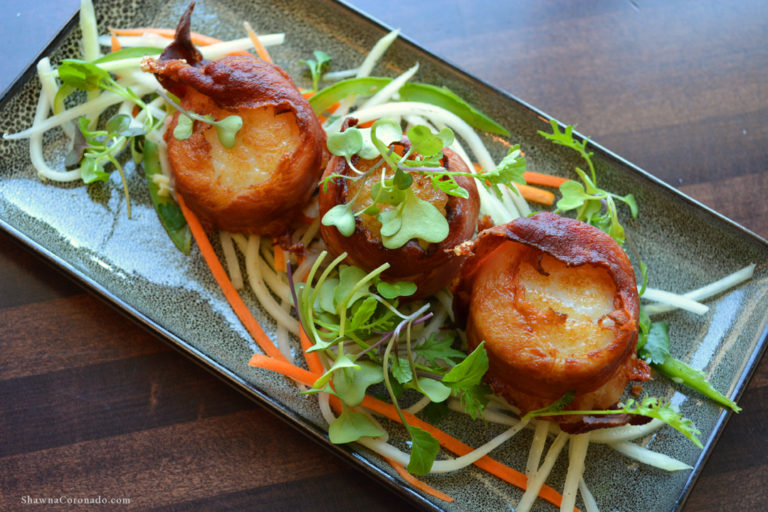
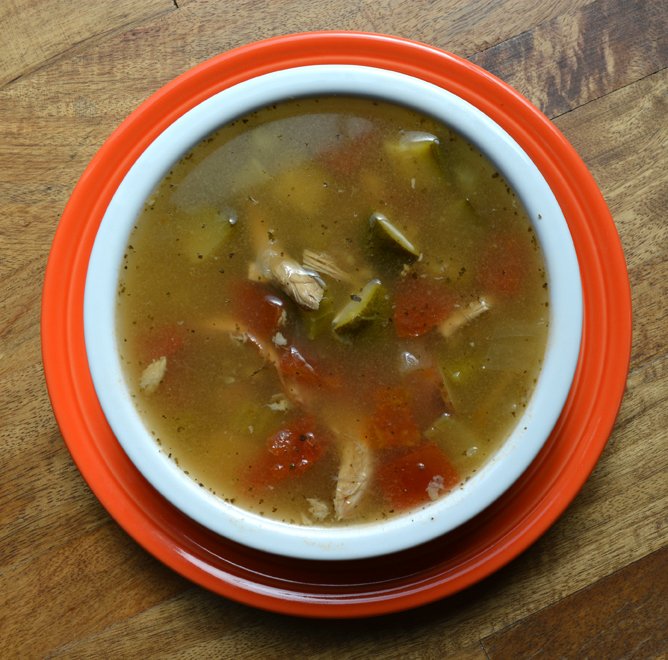

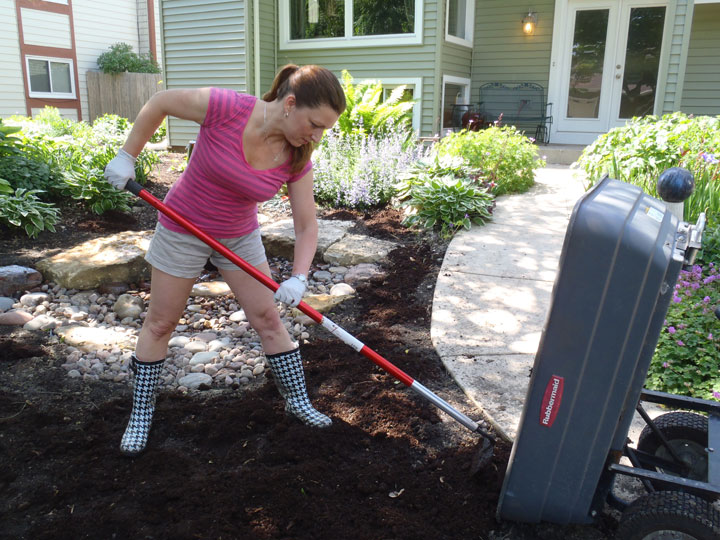
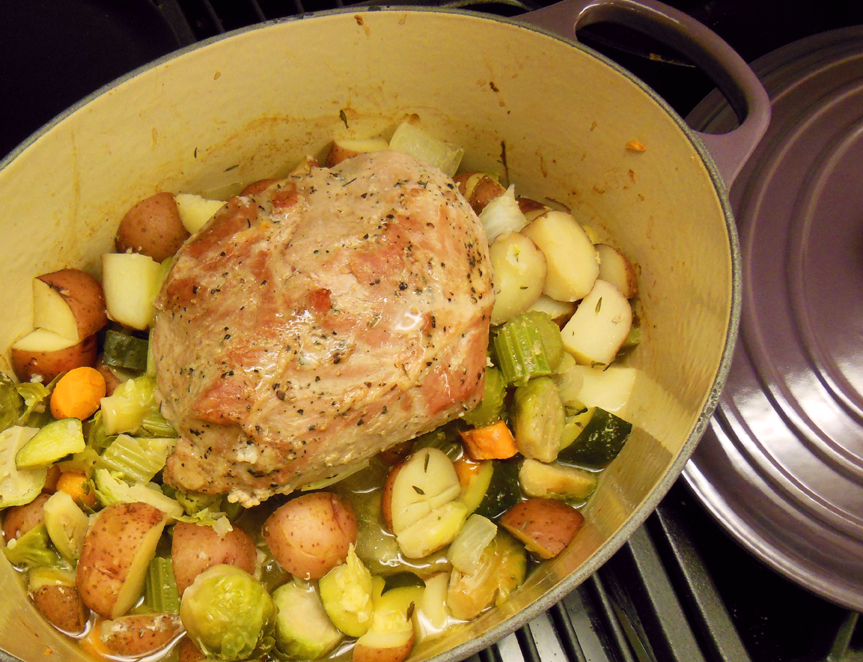
First it is super cool you met Bob and he was so welcoming. What a wonderful experience to connect as you did. Second, have you made any bread, or pasta or other grain based food from Bob’s products, and if so have noticed any change in you reaction?
David – HELLLLOO!! So nice to hear from you. I’ve not conducted the experiment with the traditional breads yet. I’m working with my nutritionist and she suggests we start reintroducing wild rice. So that’s my first step. However, if that works out, I’ll be on to the next grain. 🙂
Thanks for your encouragement – BOB WAS AMAZING!!!